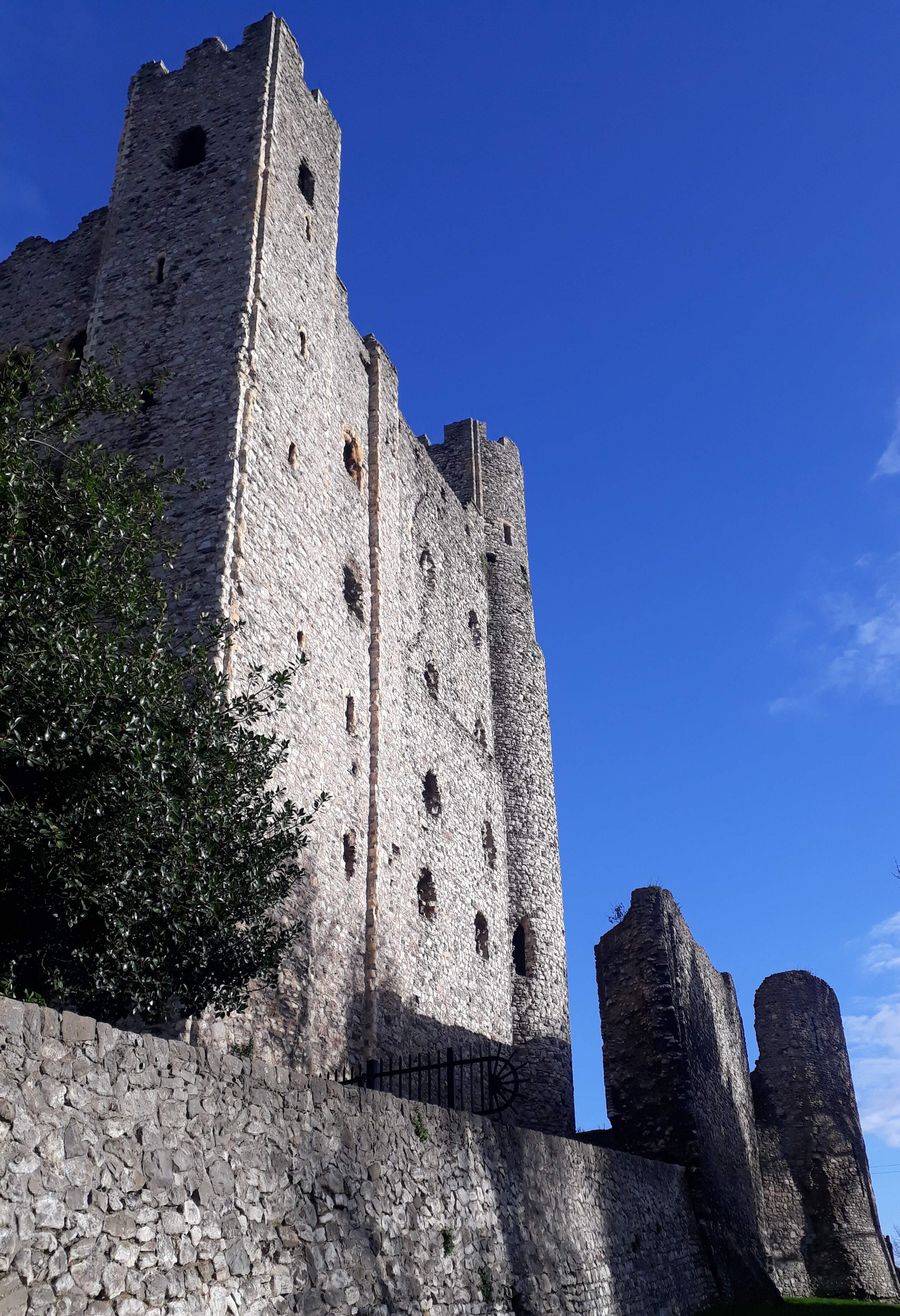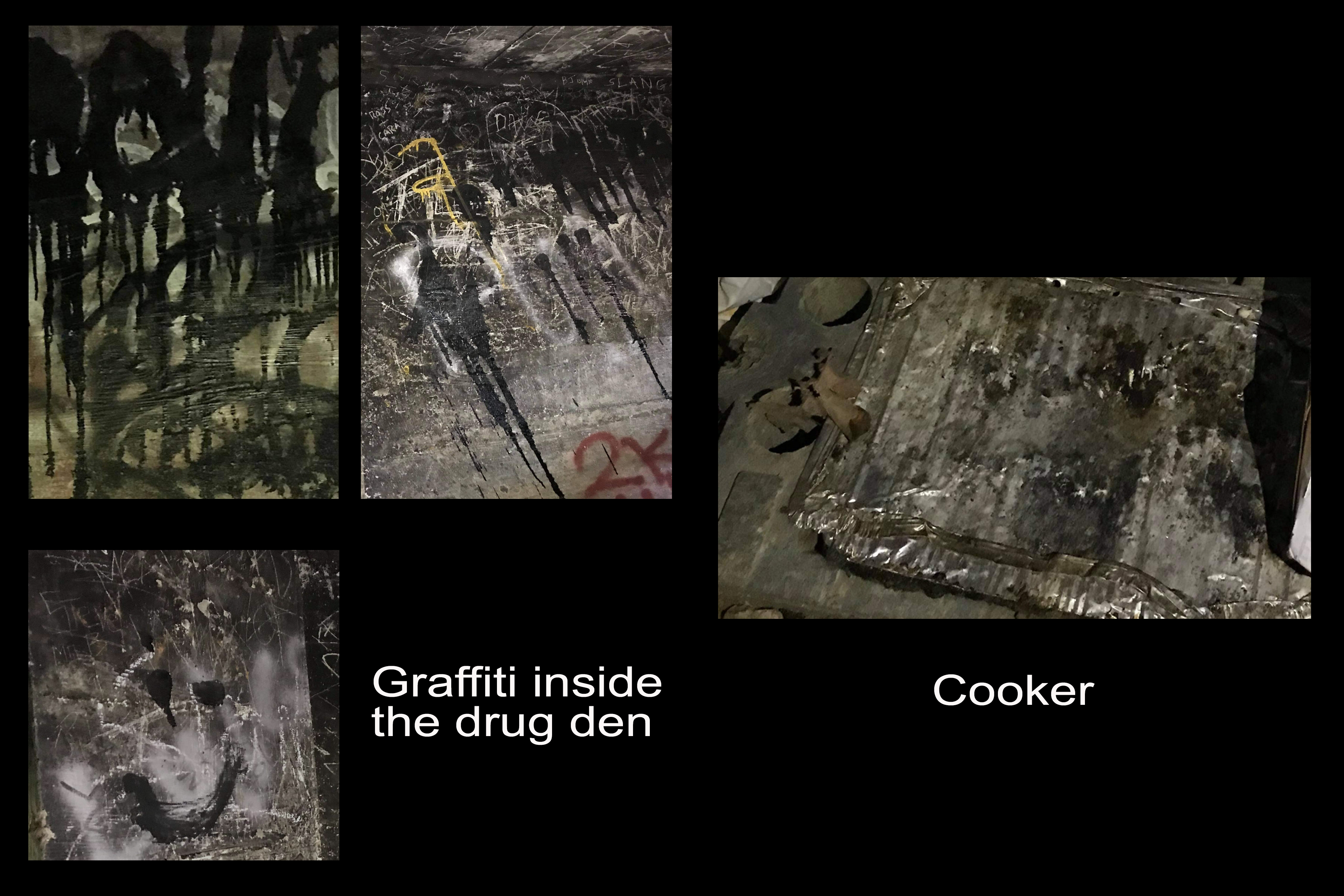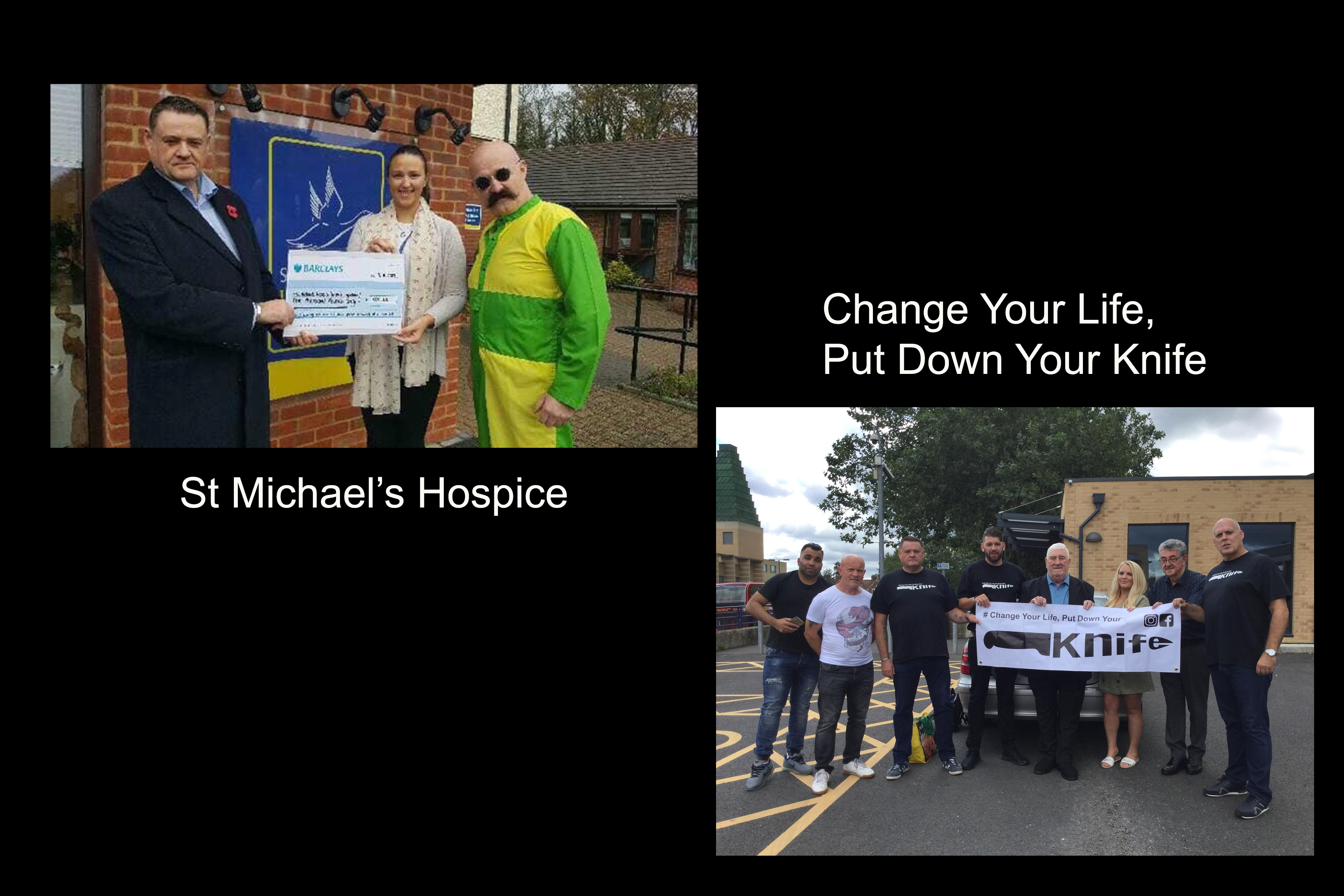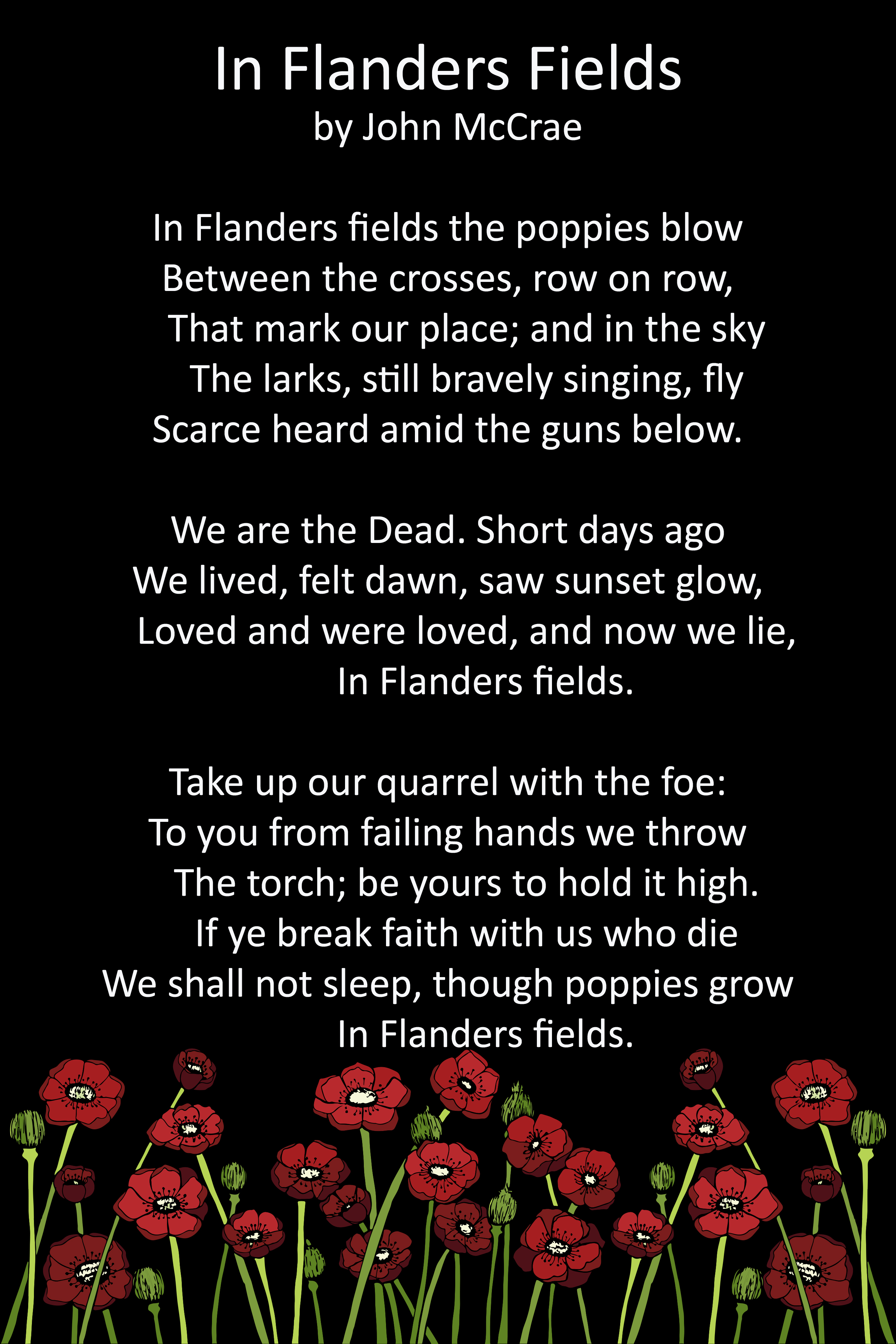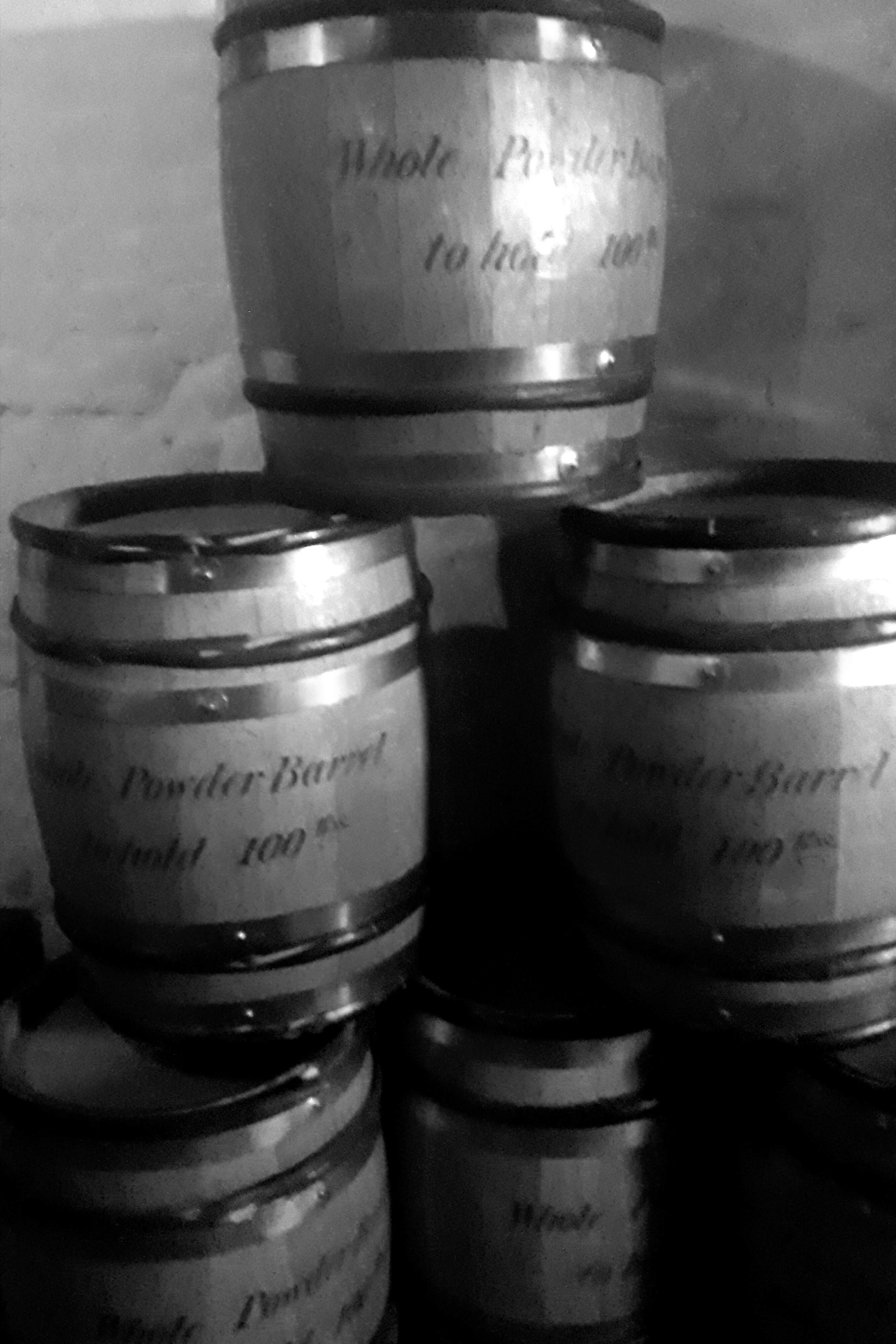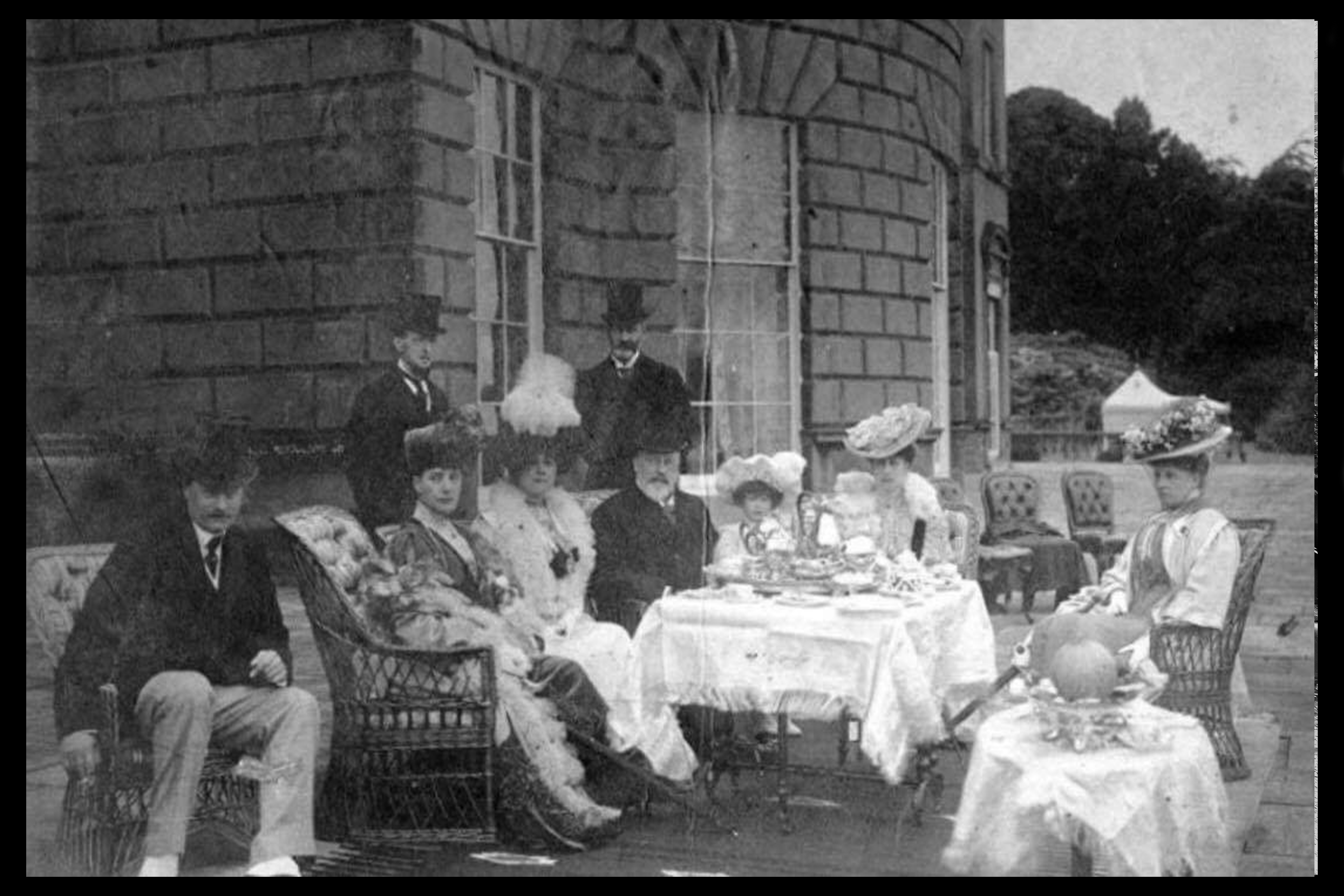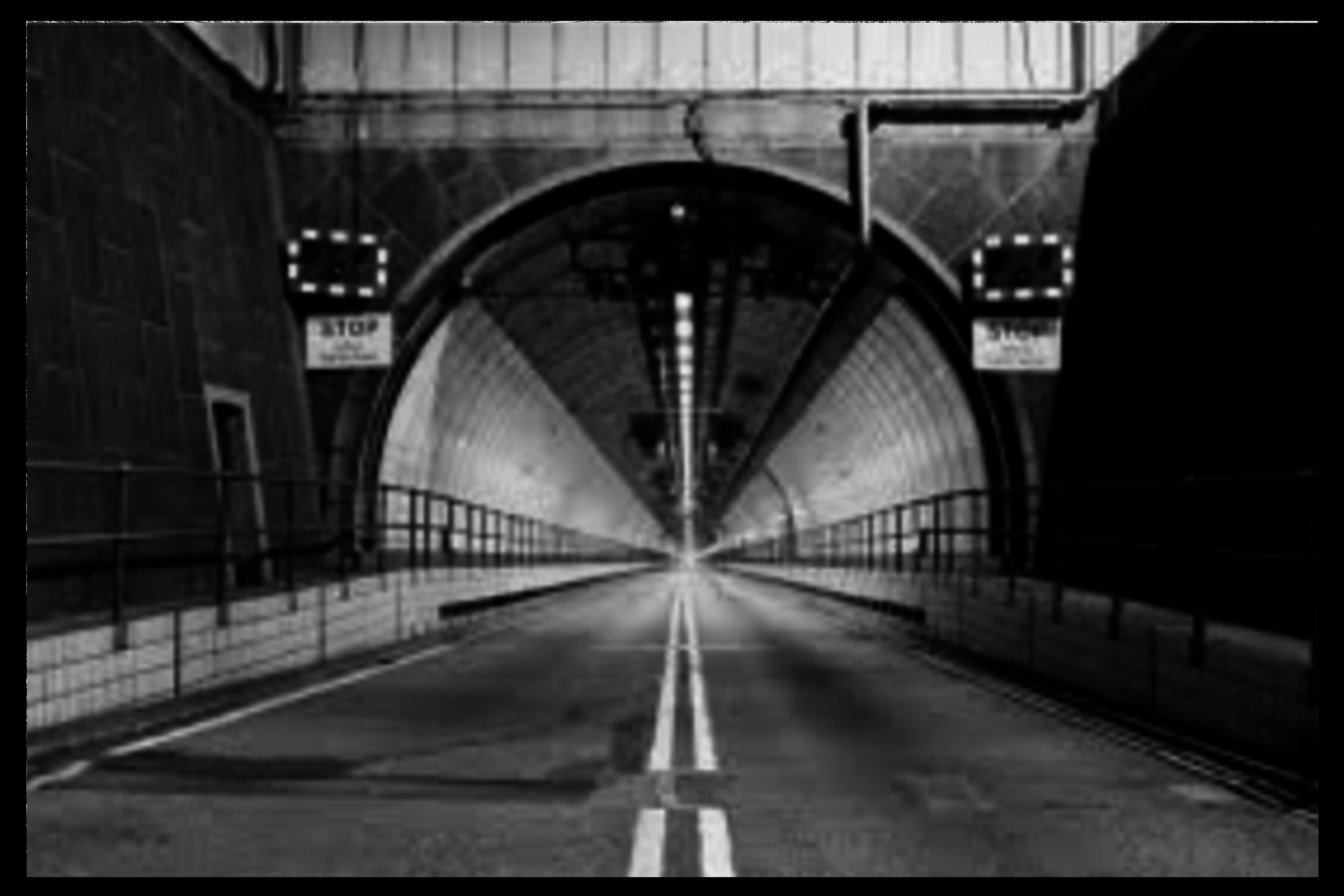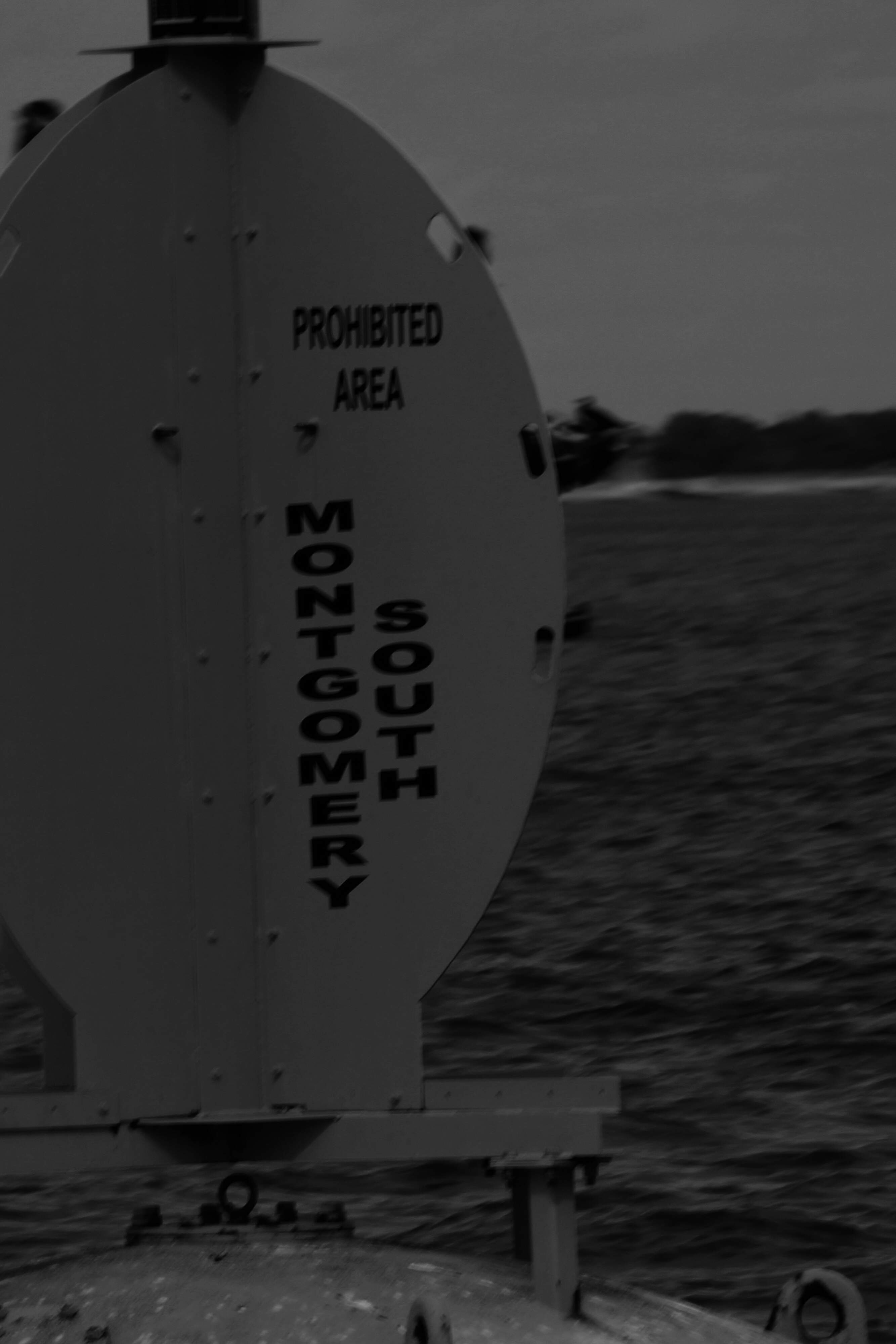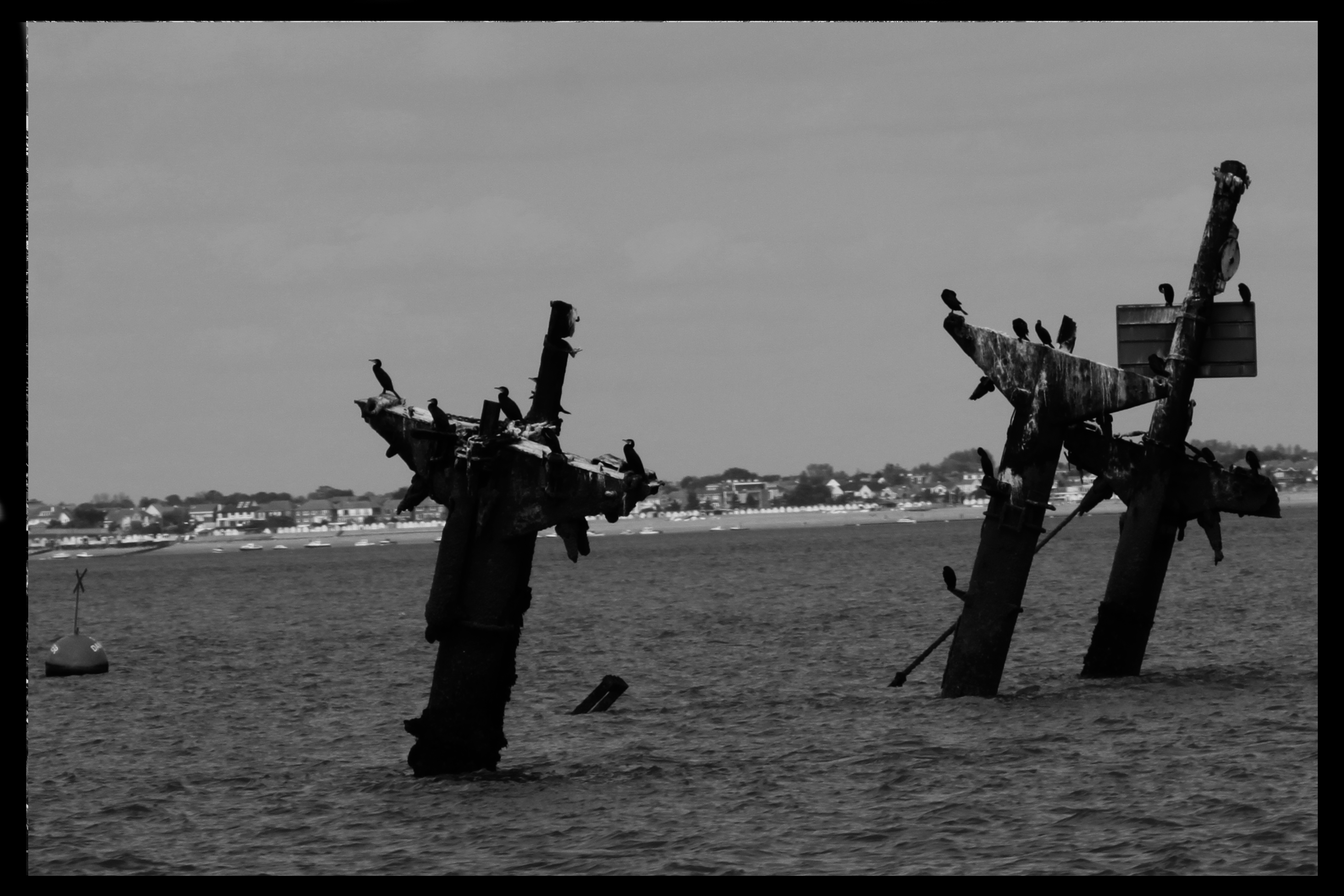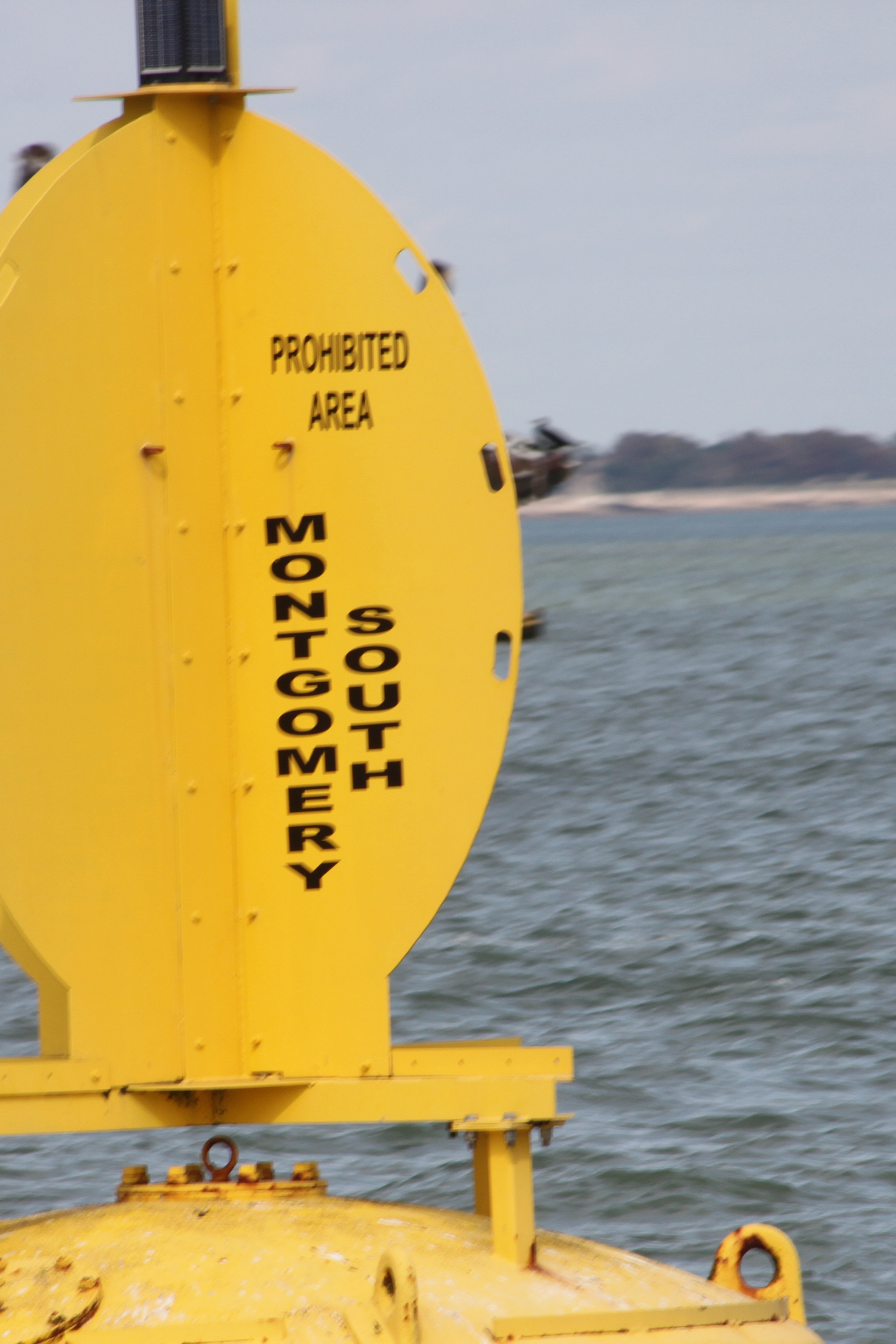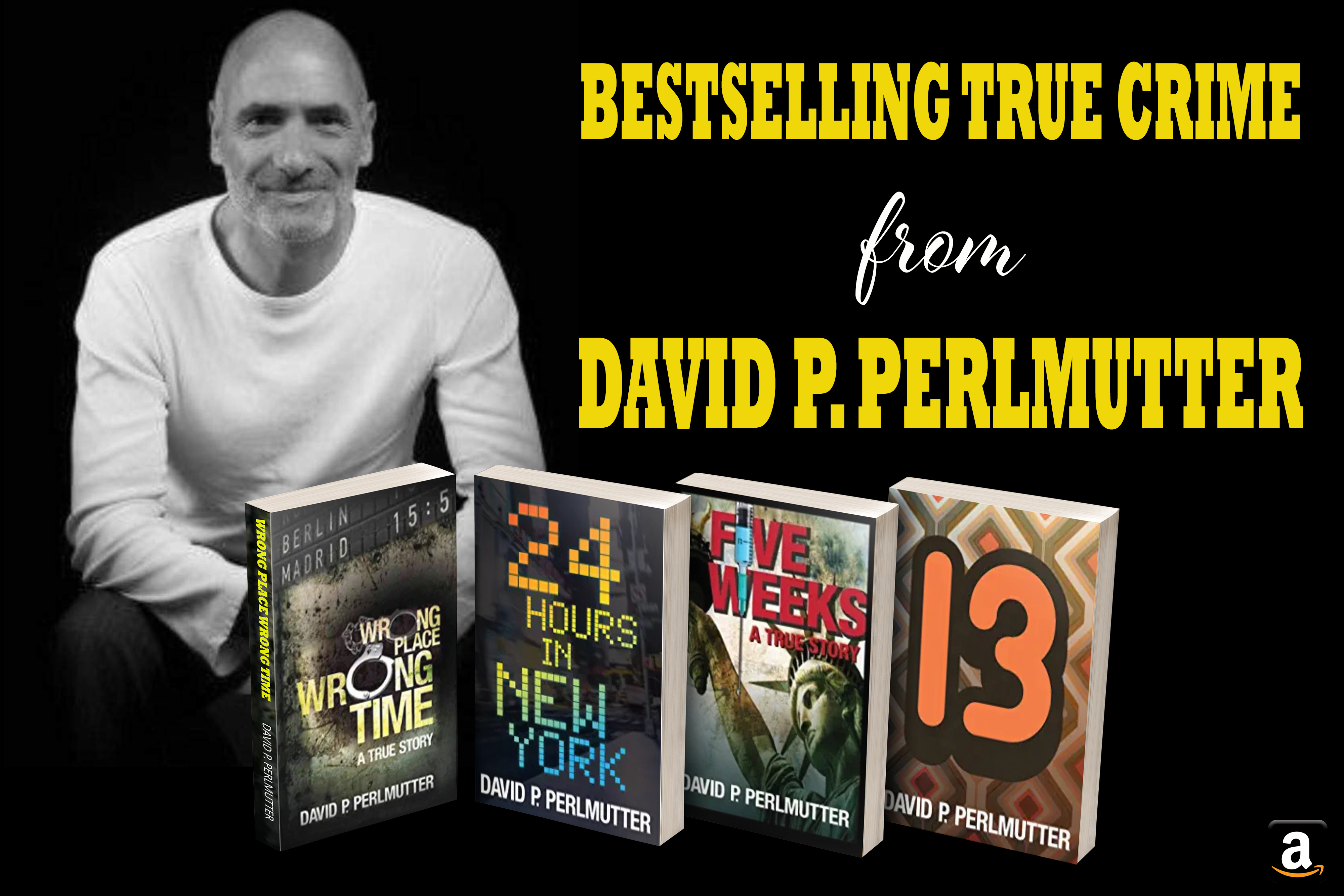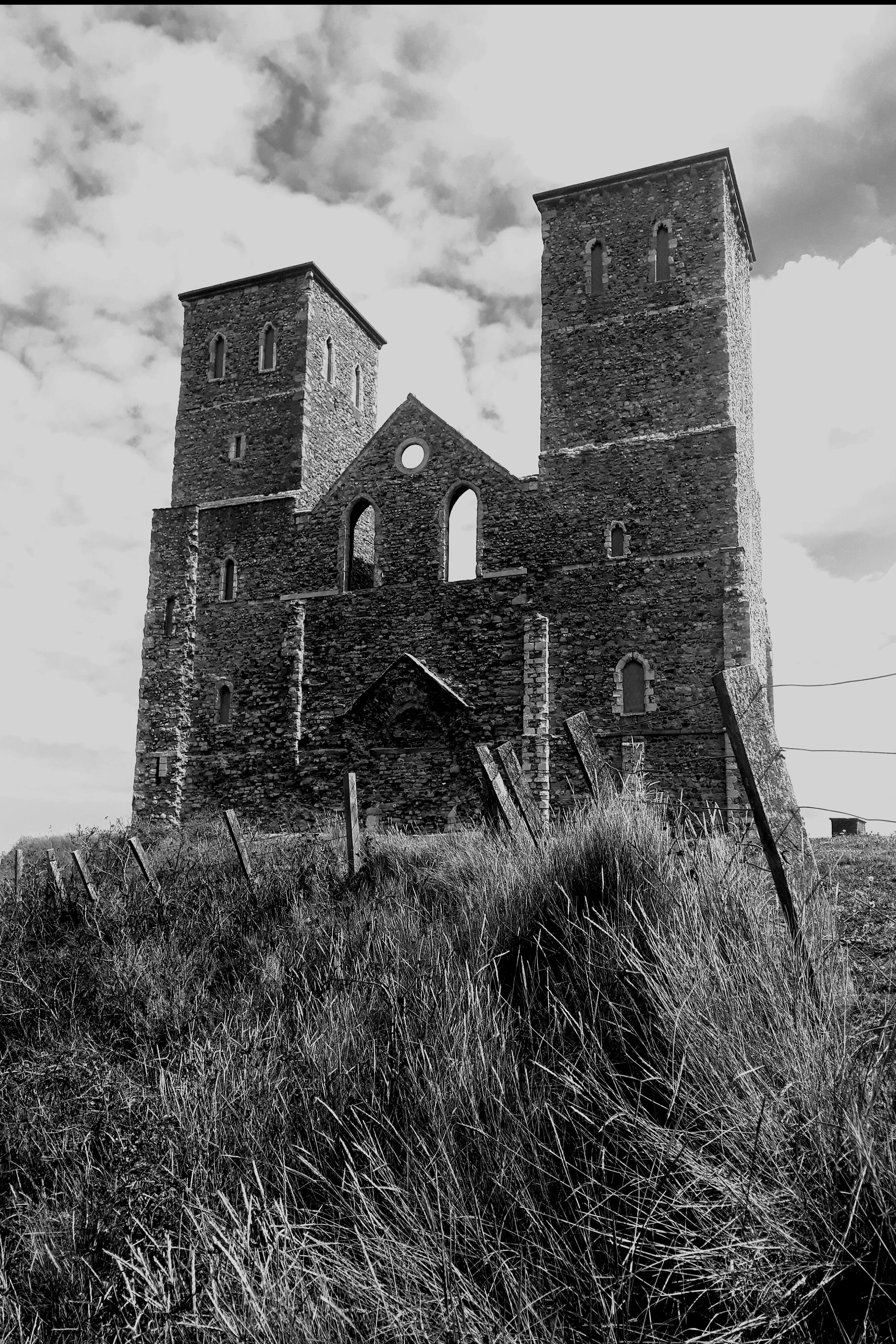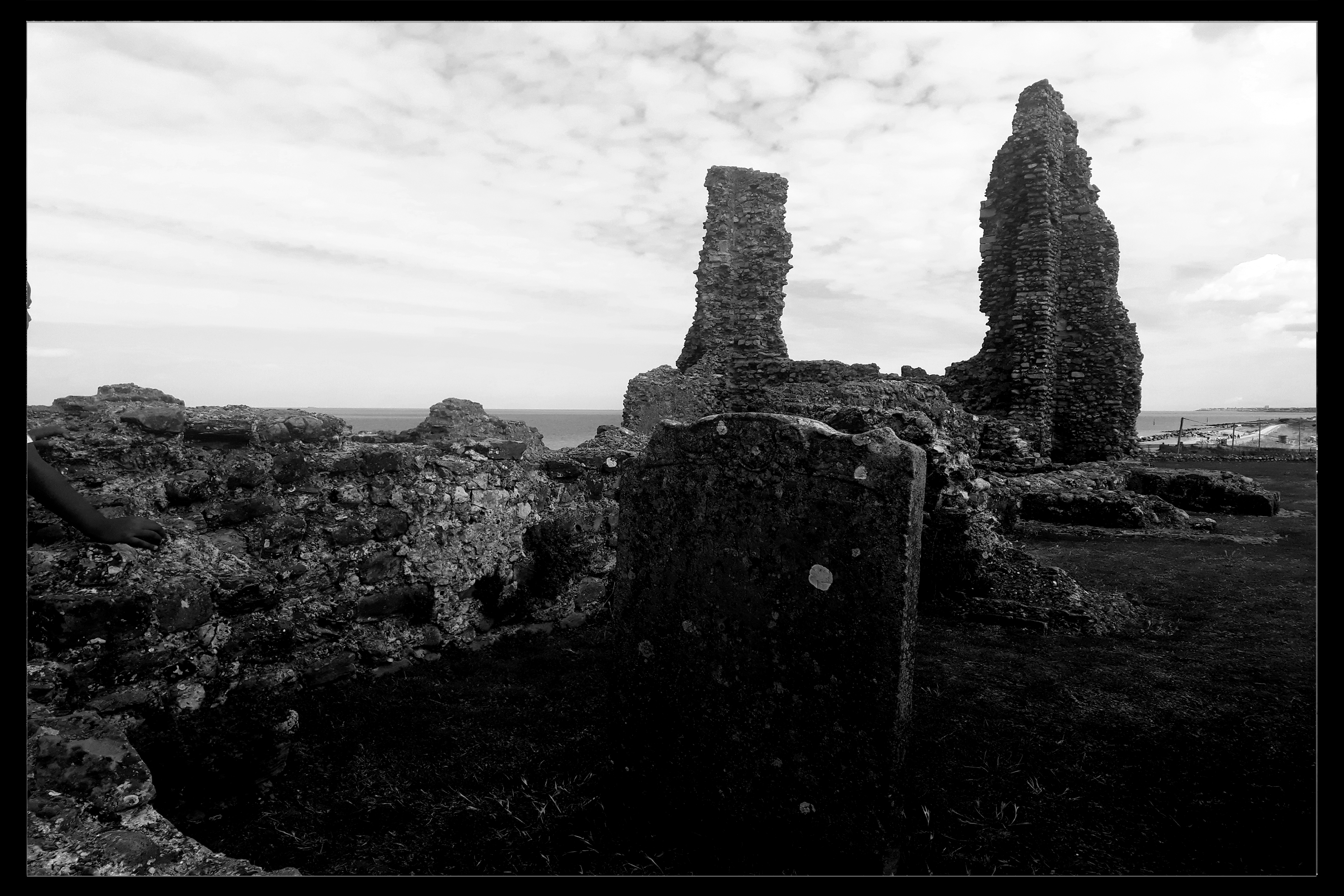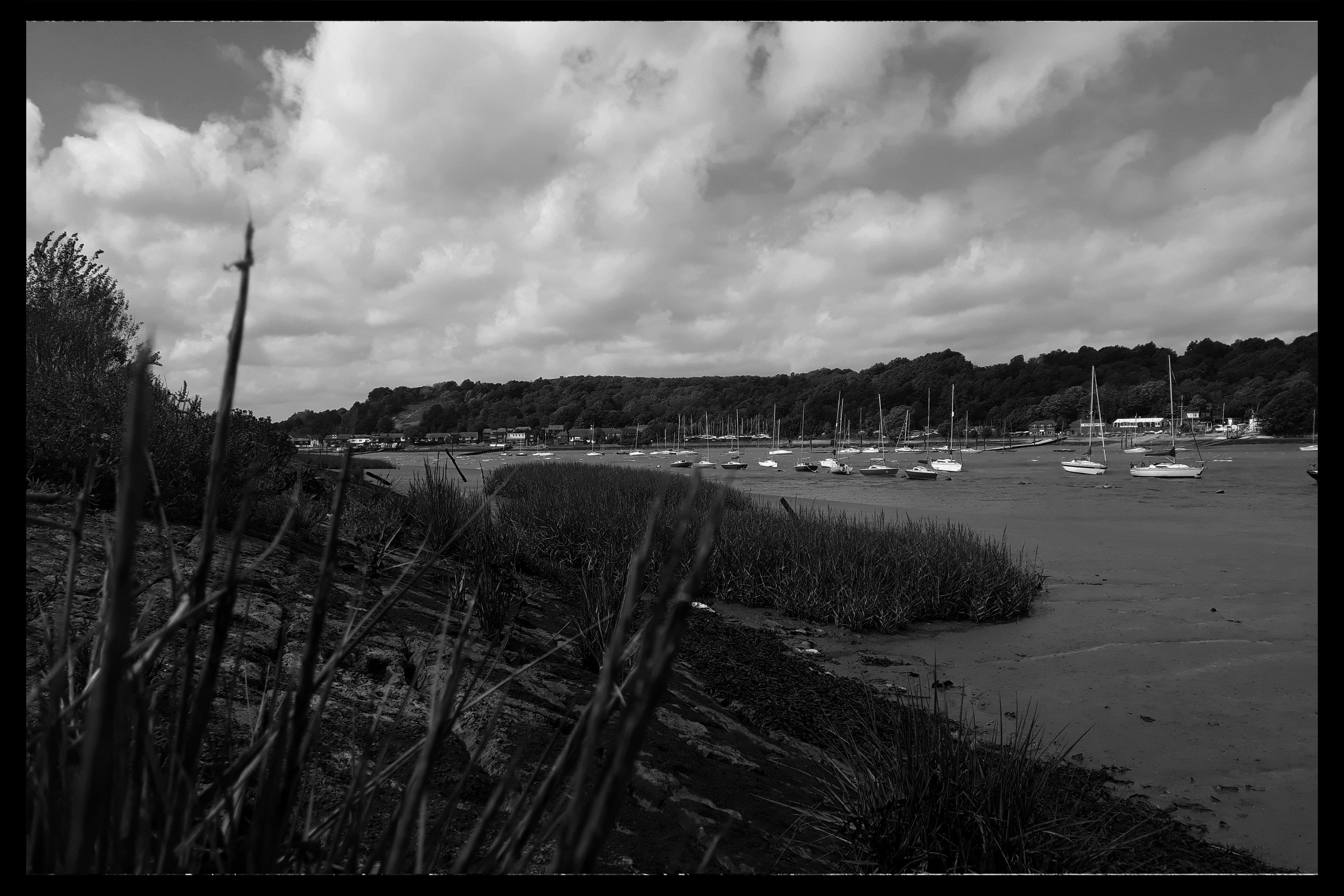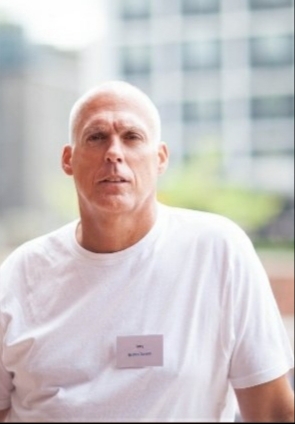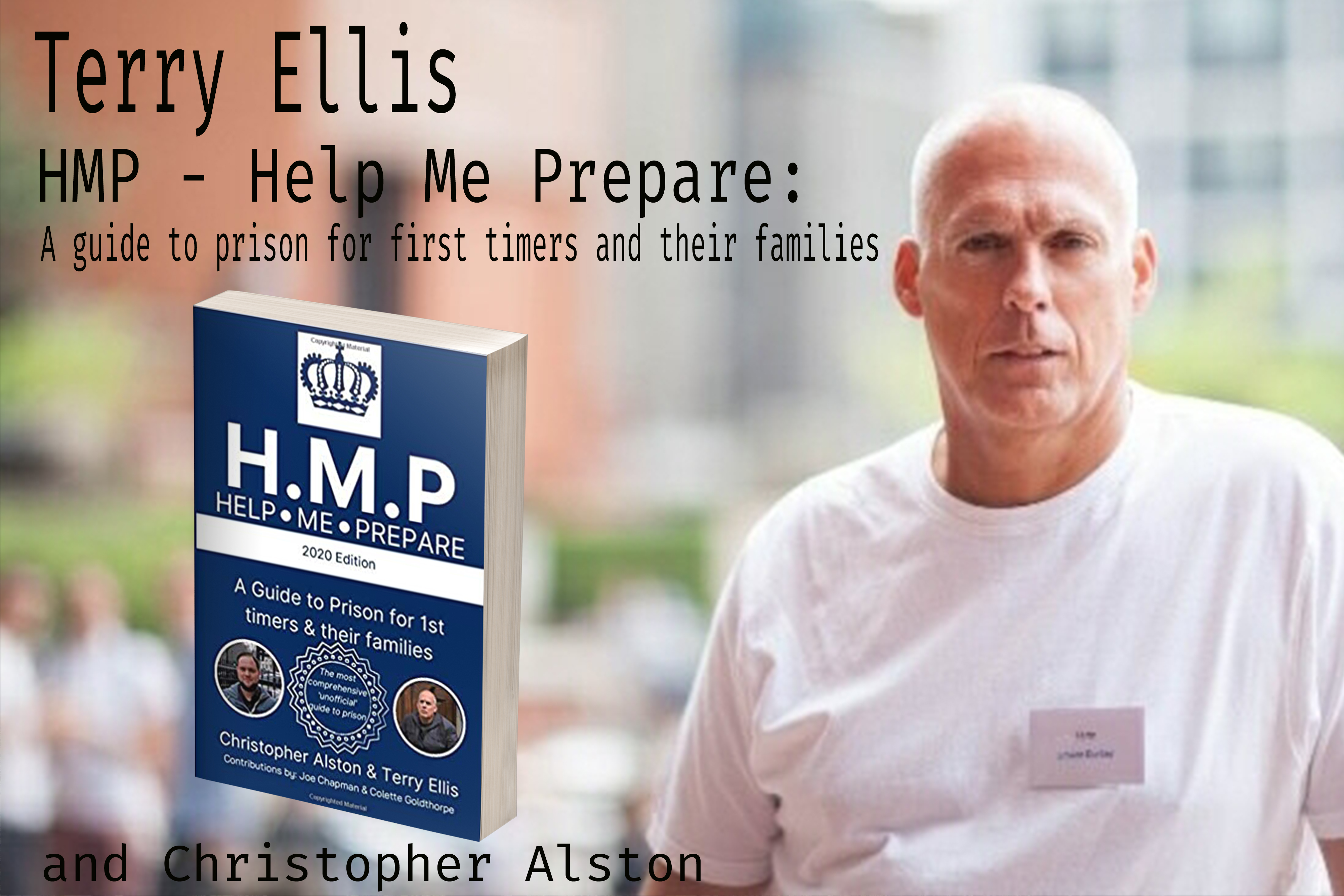Rochester Castle stands proudly, overlooking the River Medway, above the bridge that became an important factor in a six week siege that not only resulted in the collapse of an entire corner of the castle but one that still effects our lives today.
A castle has stood at Rochester since the Norman Conquest of 1066. However, the great tower that stands there today dates from 1127 and was built for the Archbishop of Canterbury—William of Corbeil—who shared ownership with the crown. Standing at 125 feet (30 metres) it’s the tallest keep in the British Isles, boasting two floors above the main level and basement, which is an unusual feature. Given the latrines and comfortable chambers it was a place to entertain royalty or an Archbishop but given the situation of 1215, décor was unimportant!
Civil war had broken out between King John (1199-1216)—the one portrayed in the Robin Hood story—and the barons who forced him to seal Magna Carta in June of 1215. Forcing the Pope to decline this null, King John who was based in the South and the barons who were based in London gathered soldiers.
Unwavering to King John’s demands to hand the castle over, Archbishop Stephen Langton allowed rebel Baron William de Albini and sixty to eighty knights, their retinues, archers and crossbowmen to take possession. The aforementioned bridge across the River Medway became important ground, as taking control here gave the upper hand and this became John’s priority.
Using fire-stone throwing siege engines and master miners from the Forest of Dean, King John undermined the wall of the Bailey first, before tunnelling under the great tower. The techniques they used were rather sinister! The grease from forty slaughters pigs ‘of the kind not fit for eating’ was used as an accelerant to burn the props holding the masonry in place that had been exposed by the minors. The inferno created by the fire caused the great tower to come tumbling down and those defending Rochester Castle—the barons—to retreat. Running out of food, they had no choice but to surrender to King John who wanted each of them hung. This act of carnage was dissuaded by his own captain who wished to avoid the same fate should the tables turn.
One of our favourite places to visit and photograph

